Let’s face it. Moving is stressful. No matter how much we plan, organize, and prep, a moving day can feel more like a nightmare than a day of joy. But your next move doesn’t have to be a time that you dread. After all, moving usually means we’ve found a new home that we’re meant to enjoy. New memories to share and spaces to make our own. So start your next move off right with a few strategies I use to reduce potential stress.
Preparation Is Your New Best Friend
I love a good “to-do list”, but even if you don’t, take note that a stress free move is created through a pretty basic strategy. First off, I like to separate my moving prep work into three different phases.
Phase 1: Before the move
Phase 2. Moving day
Phase 3: Moving in
I find that allowing myself to list out tasks for three different phases makes it a lot harder for me to miss an important step, ultimately leading to my overall stress levels being lowered. Try it out and see if it works for you too!
Phase 1: Before the Move
I like to start by taking ample time to prep before any move. The more time I give myself to prepare (and procrastinate) the better I handle stress in the end. This means I like to pick out and collect all my packing supplies, hire movers, plan out my route, and whatever else I need to do at least a month before my actual move out date. I’ll give myself even more time if I know I’ll be making the move on my own. Before I do any of that, however, I like to take a quick assessment of what I actually own.
1. How much is coming with you? I like to save time and money. I mean, who doesn’t? This is why before I go gungho at Home Depot buying moving supplies, I make sure I know exactly how much of it I’ll need. By purchasing the accurate amount of boxes, bubble wrap, packing tape, and whatever I feel I’ll need, I don’t have to make trips back to the store because I underestimated, and I don’t have a ton of supplies leftover. To do this, I take into account the number of items in every single room. After my initial assessment, I sort out my belongings into three categories:
- What’s coming with me
- What’s being donated or gifted
- What’s headed to the trash bin
Side note, never underestimate the importance of oddly shaped or old boxes. They’ll come in handy as you pack away the items you’ve decided to donate or gift away. I like to have donations boxed and ready to go as soon as humanly possible. Donations and throw away items are out of every room before I even pack what’s left. It’s way less stressful to pack when you realize so much probably doesn’t have to come with you.
2. Are you hiring a professional or driving yourself? Are you moving on your own, with the help of family and friends, or are you hiring a professional service? All are completely viable options, but preparing yourself for each is a necessity. If you’re hiring a professional service, book a reputable service well ahead of time. The schedule of a trustworthy mover tends to fill up fast, and you don’t want to be stuck with movers that won’t care to be careful with your belongings. Of course, you could be looking to save some money by moving on your own or with the help of family and friends. If you go that route, take literally everything into account:
- How much space is in your car?
- Are you moving animals?
- How big of a moving truck will you have?
- Who’s driving what?
- What’s your route and how far is the move?
- Are you planning to make several stops?
Honestly, this list can go on forever, so I’ll stop there. In short, plan for the worst and stay optimistic. Dealing with stress should be part of any good moving strategy, and having a backup plan is key when you’re doing a lot of the leg work on your own. My advice? Whatever you do, make sure that your vehicle is prepped, road-ready, and has an emergency essentials kit. Whether you’re moving across town, or across the country, no one wants to be broken down on the road, with a car full of animals and worldly possessions, but without emergency essentials. Trust me. Plan for the worst and be happy when it doesn’t come about!
Phase 2: Moving Day
1. Use suitcases for essentials. Ever get to moving day and realize you need something important that’s been packed away into a box? Yeah, me too. If you want to make sure that your move is as stress-free as possible, use your suitcases to pack your essentials. This could mean packing anything from extra chargers and medication, to extra clothing. When in doubt, pack anything you just can’t live without. Apart from those suitcases, keep a well-stocked toolbox handy for the entirety of the moving process. You never know when you’ll need spare nails, a hammer, stucco, or a random assortment of twist ties. This will definitely come in handy when you’re making small repairs in a rental.
2. Leaving a rental? There’s nothing worse than not getting a deposit back. This is why I like to give myself some extra time to access my space after I’ve finished packing completely, but before I actually return the keys to my landlord. By performing a simple clean up, vacuuming the floors and repairing small damages (like nail and screw holes throughout the home), I’m more likely to get my deposit back in full. It’s a great cushion for small repairs that I may need to budget for in my new space, but more often than not, that money pays for paint and supplies to update my new home.
Phase 3: Moving In
Get settled in without the stress of, well, settling in!
1. Unpack frequently used spaces first. Although I usually pack a suitcase with some essentials from all my important rooms, keep in mind that your kitchen, bathrooms, and bedrooms should be the first rooms you unpack first. Don’t live out of boxes. The boxes bring about a lot more stress than it’s worth.
2. Too much stuff? Sometimes we underestimate the amount of storage space we’ll have in a new place. If that’s the case, don’t unpack all your miscellaneous boxes until you’ve settled on where they’ll go. If certain items won’t have a home, there’s no need to unpack them until you find the room, figure out you don’t need them, or just don’t have space for them.







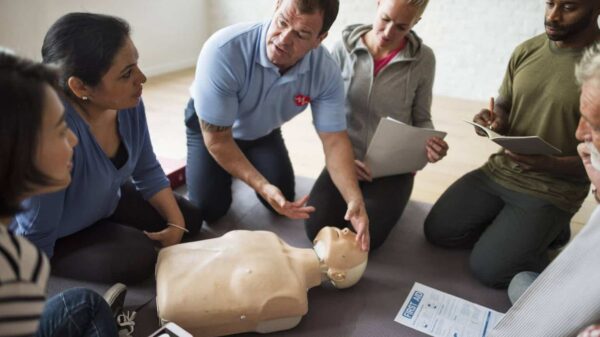
















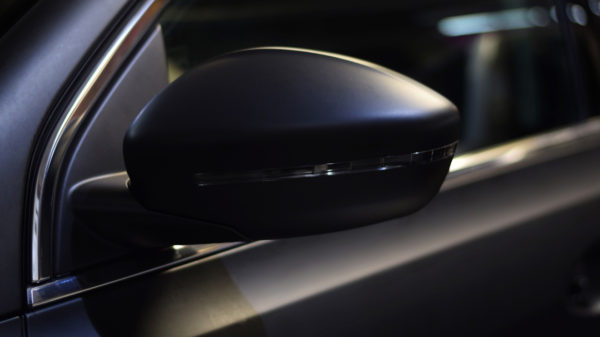
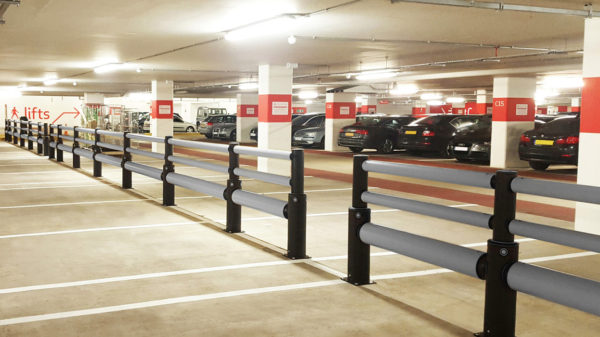
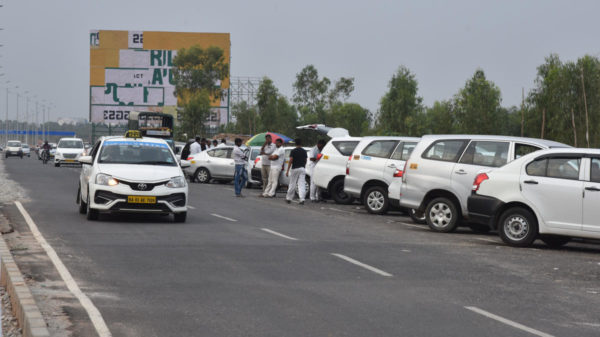












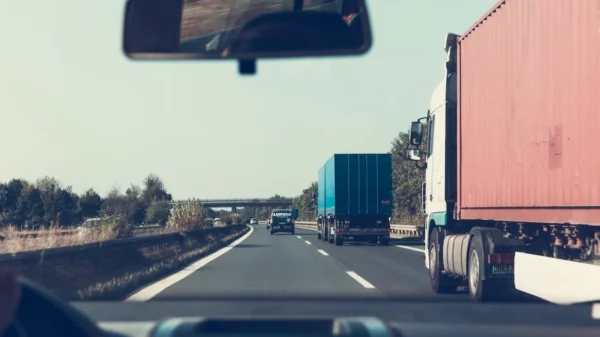

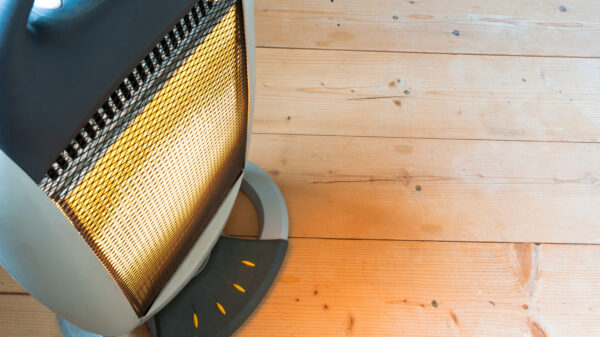





















You must be logged in to post a comment Login